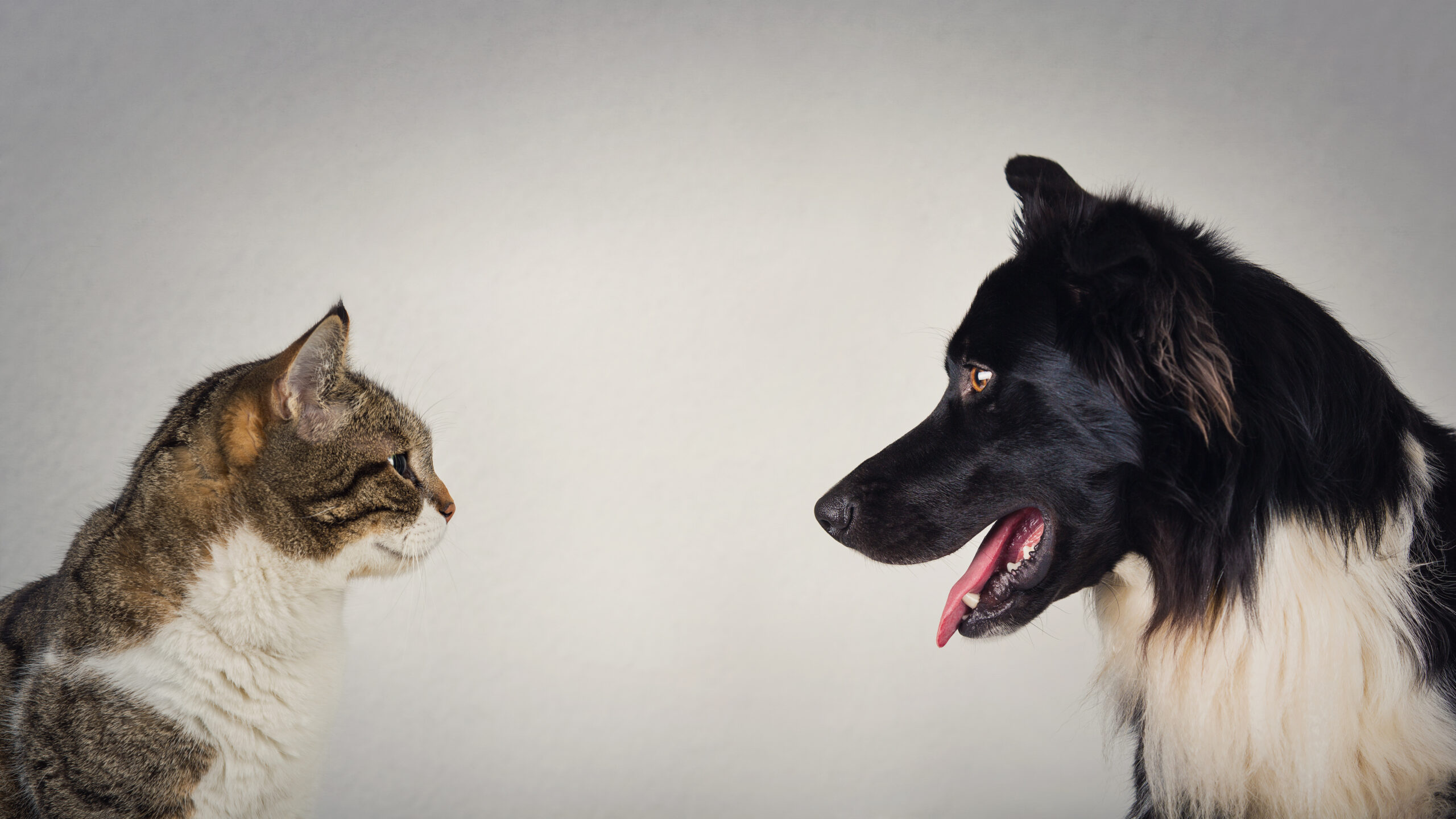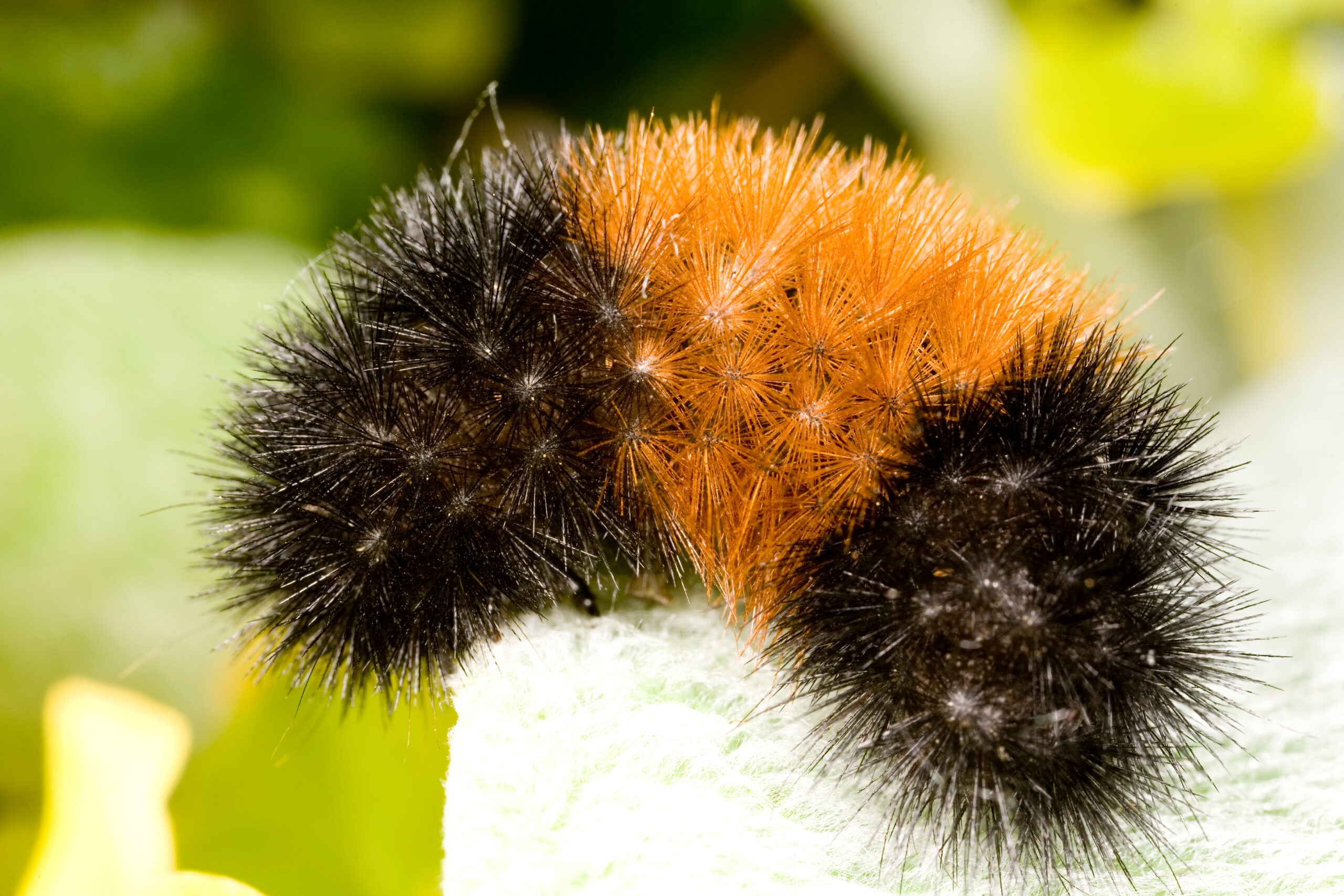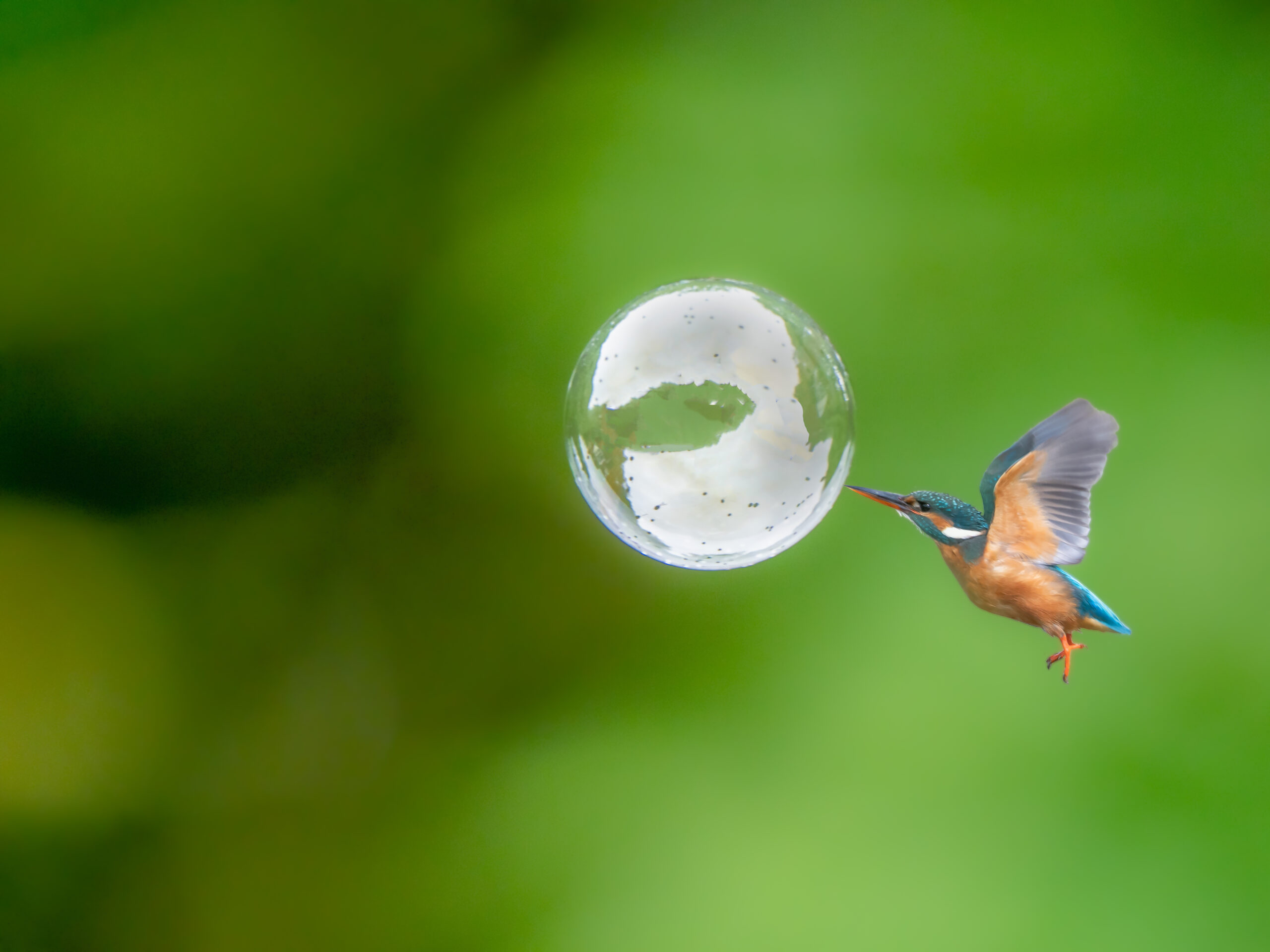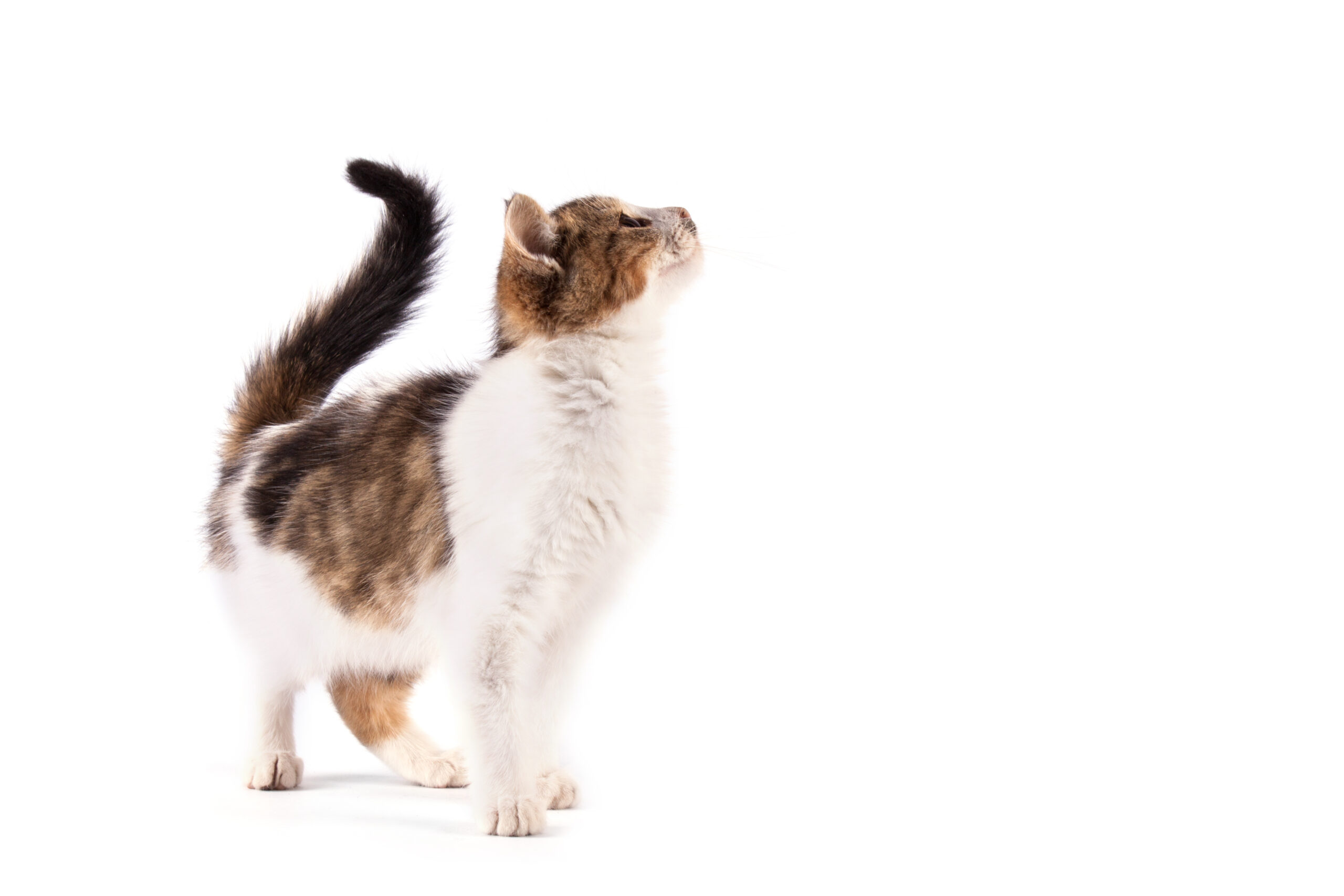Josie Lynn’s Blog
-

Partial-Paleo Sweet Potato Pie
I’m posting this recipe for those of you who (like me) love sweet potato and pumpkin pie, but would like a tasty, semi-paleo, gluten-free, dairy-free alternative. I’ve been experimenting with different options, and this is the one I like best, so far. The first time I tried it, I made it with a gluten-free pie…
-

Harvey’s Hideout: Book Review
I review Harvey’s Hideout, perhaps the first book I ever read. It’s all about muskrat love and sibling rivalry.
-

“Can we all get along?”
“Pa, mark my words! Between Mr Rokesmith and me, there is a natural antipathy and a deep distrust; and something will come of it!” Our Mutual Friend, Charles Dickens “Why can’t we all just get along?” This is the question I often pose when I observe my supremely…
-

The Day the TV Died (AKA The Best Day of My Life)
Turns out, the best day of my life was the day out TV died.
-

A Caterpillar’s Life
A tiny heroic being has much to teach us writers about perseverance when we’re up against the odds.
-

Top 10 Meaningless Expressions
Just so you know…this isn’t going to hurt…but I’m sharing 10 expressions that might not mean what you think they mean.
-

I Hate to Burst Your Bubble, But…
Why, oh why, did Jo put Laurie in the friend zone? The answer breaks my heart.
-

Misunderstandings Are the Spice of Life
Misunderstandings happen. So does mishearing. They can lead to interesting consequences. Writers get to create worlds, but do they get to make up words?



